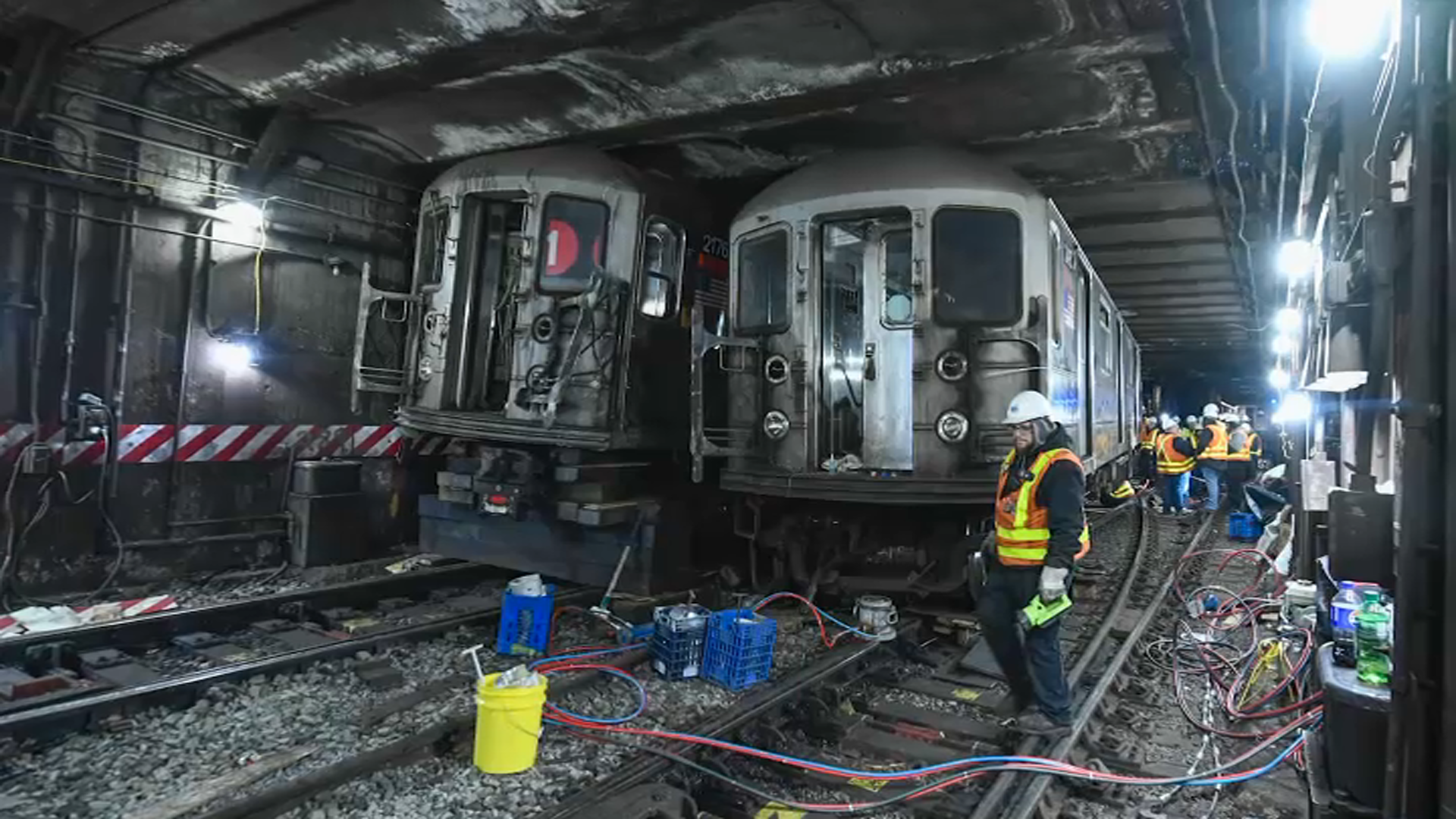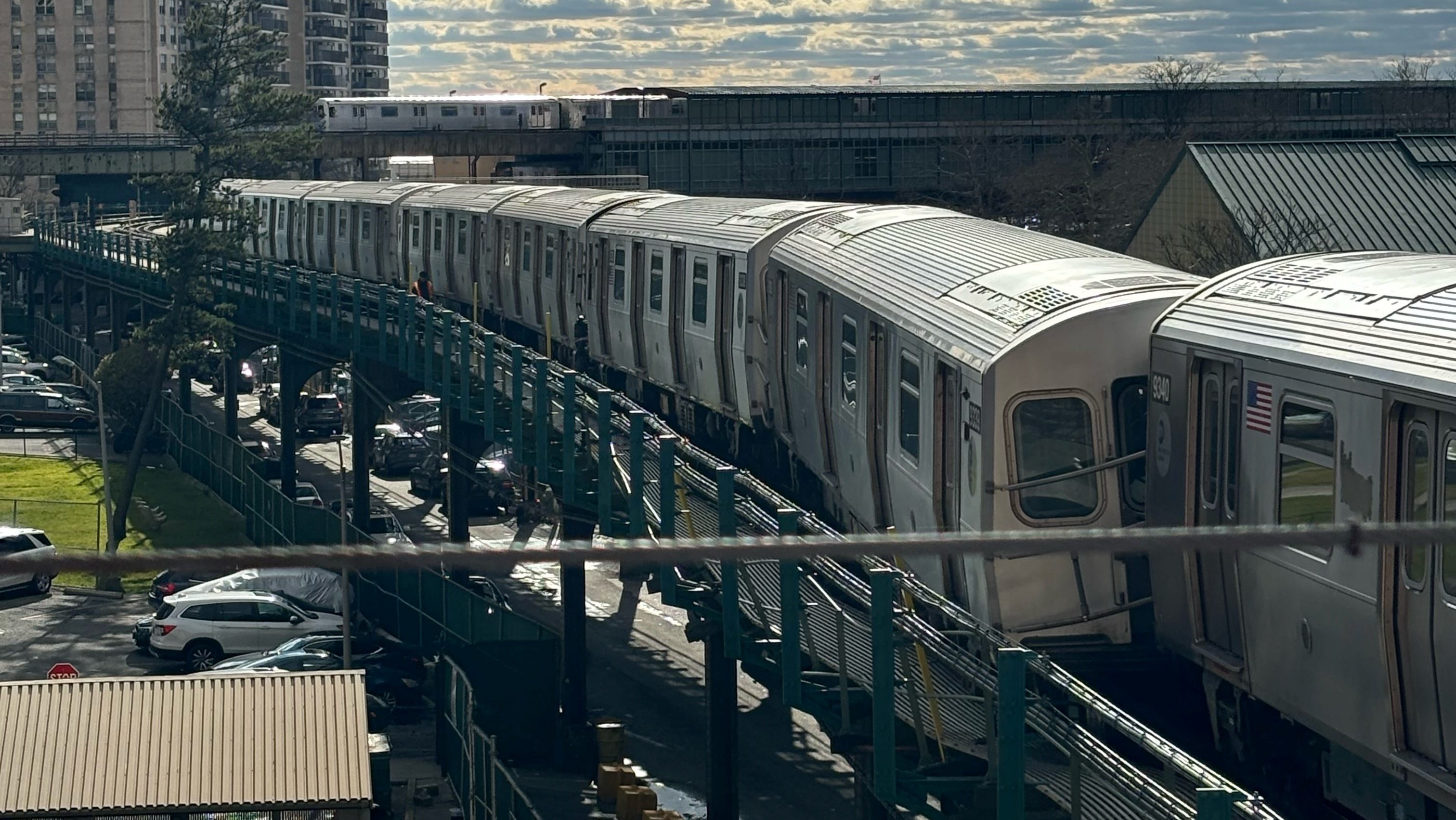Investigators said a communication breakdown over the radio led to the Upper West Side subway derailment earlier in January that left two dozen people hurt, according to a report.
The National Transportation Safety Board (NTSB) detailed the moments that triggered the frightening crash along the 1/2/3 line on Jan. 4. Around 3 p.m. that day, a vandal pulled all the emergency brakes on an uptown local 1 train, so the train's crew let everyone off at the 79th Street station.
Afterward, an MTA inspector told them to move the train north to a railyard. But they would have to use what’s known as a "flagger" up front — a crew member communicating by radio with the person driving the out-of-service train from the sixth car.
As the train was moving, the train ran through a red signal on the tracks, which led to the crash and derailment.
So why did the train not stop at the red light? There was a communication failure, according to the NTSB.
Get Tri-state area news and weather forecasts to your inbox. Sign up for NBC New York newsletters.
"The flagger said he lost radio communications with the transit system supervisor near 96th Street station. The transit system supervisor did not receive the flagger’s instruction to stop, the train passed by a signal requiring a stop at the end of the 96th Street Station platform, and the collision occurred," the report states.
A new NTSB schematic diagram showed the point of collision. On Thursday, the MTA said they were looking into what went wrong.
"We have tested the radios to make sure they were working, and that was true. But on or off at the time? No," said MTA Transit President Rich Davey. "We did it about 10 or 12 times a week in the last year and we’ve done it without any fanfare."
Fortunately, of the two dozen injuries that resulted from the crash, none were considered life-threatening. Federal prosecutors are now investigating more systemic protocol at the MTA. The NTSB has been vocal about the fact they want subway cars to have cameras inside and outside, as well as a data recorder. All of those items were missing from these trains.
The chair of the agency said at the scene of the derailment that people should be cautious about blaming the operators of the vandalized train.
"It’s easy to blame humans. Human error is a symptom of a system that needs to be redesigned," said NTSB Chair Jennifer Homendy.
Some have suggested removing emergency brake cords to cut down on pranks, vandalism and worse. But Davey did not seem ready to take that step.
"There have been instances where customers have pulled the cord in a true emergency. And we want to give them that opportunity still," he said.
The MTA is, however, looking into changing the punishment for pulling one of the emergency brake cords, which is currently results in just a summons. The agency would aim to change that to possible criminal prosecution in certain cases.




